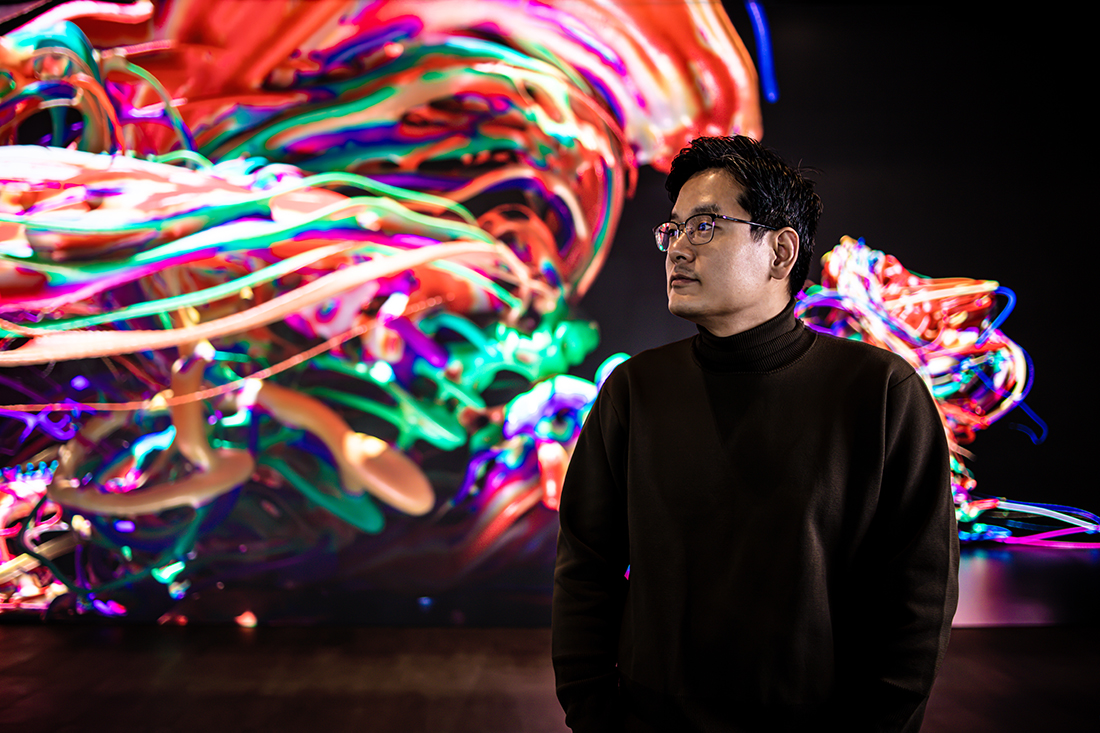The NC ART PROJECT is an experimental art platform that aims to explore the cultural environment in games and discover the creativity that lies within it. The first part of this project involves the works of Minha Yang, a media artist who reinterprets the creation and coexistence of multi-dimensional worlds using a poetic narrative in his work, entitled MIXED DIMENSION.
Please read the following interview to learn a little bit more about him and his impressive work.
 Facebook
Facebook  Twitter
Twitter  Reddit
Reddit  LinkedIn
LinkedIn  Email
Email  Copy URL
Copy URL 






